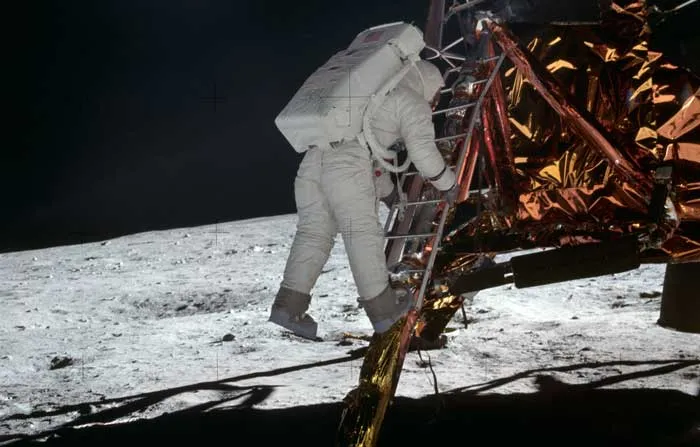Planting the Flag, Igniting the Future: Why the Moon Still Matters This 4th of July to US🌕
On July 20, 1969, as millions of Americans waved flags for Independence Day, one very special flag was planted in a place no one had ever dared before—the surface of the Moon. In that moment, America didn’t just win the Space Race. We proved that freedom, innovation, and relentless determination could launch humanity beyond Earth. We proved that the stars and stripes belong among the stars themselves.
The Legacy of Apollo
This 4th of July, as we celebrate our freedom and our future, let’s remember what Apollo 11 truly achieved. Sure, it was about beating the Soviets. But it was also about pushing the boundaries of science and unlocking knowledge for generations. Take the Lunar Ranging Retroreflector (LRRR)—a simple but brilliant mirror placed on the Moon. It still bounces laser beams back to Earth, measuring the Moon’s distance to within centimeters. That data didn’t just help scientists; it laid the groundwork for the precision we rely on today in GPS, weather forecasting, communications, and even rideshare apps.

Adding to the Economy
Still think going to the Moon was a waste of money? Think again. For every $1 America invested in the Apollo program, we got $8 back in economic growth, innovation, and high-paying STEM careers. Velcro and freeze-dried ice cream were just the tip of the iceberg. The technologies born from Apollo transformed computers, healthcare, materials science, and so much more.

Going Back to the Moon
And now, we stand on the edge of the next great leap—NASA’s Artemis program. Artemis is not just about returning astronauts to the Moon. It’s about going to stay, learning how to build on another world, and preparing for the journey to Mars. It’s about inspiring a new generation to dream big and build boldly.
See What Your Money Paid For
If you felt a spark of pride reading this, imagine stepping inside the very spacecraft that made it all possible. Our Spacecraft Interactive Virtual Reality Museum lets you explore iconic NASA spacecraft—from Apollo to Artemis—with a single click on any component to instantly learn how it works. It’s the perfect way to celebrate our past and inspire the future, all from your screen. 🎧🚀 Join us on Patreon to support this mission and unlock exclusive access. Together, let’s keep the American spirit of exploration alive.
Let’s rally as a nation—like, share, and comment if you believe the American flag belongs on the Moon again. Let’s celebrate our past, and fuel our future. Because the spirit of July 4th isn’t just fireworks—it’s fire in our hearts. And it’s time we used that fire to light the way back to the Moon.
#4thOfJuly #ApolloPride #ArtemisGeneration #BackToTheMoon #NASA #USA 🇺🇸🌕🚀






















